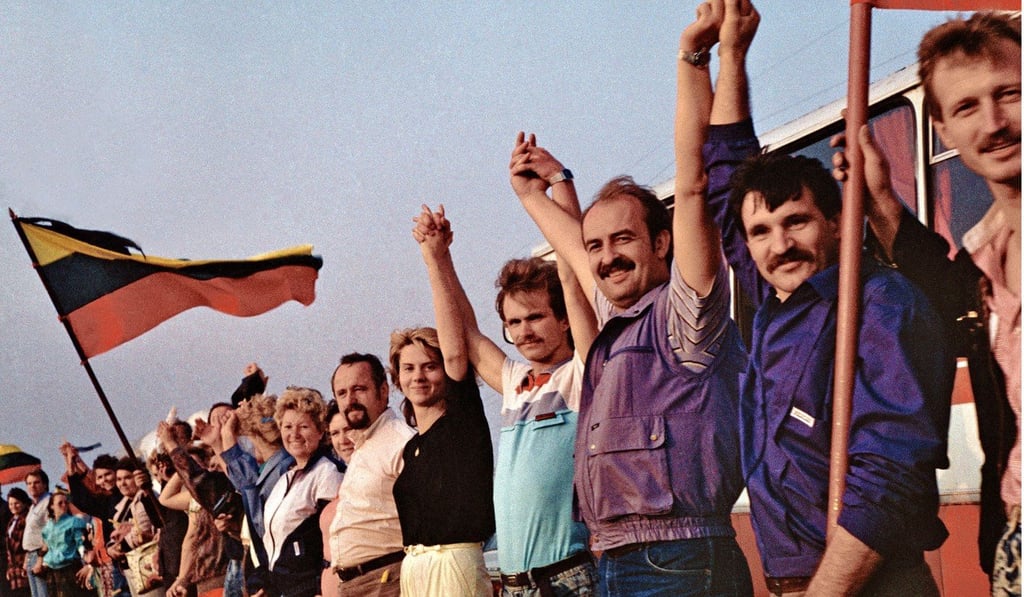Advertisement
Hong Kong protest is not the new Baltic Way, Lithuanian ambassador to China says
- In 1989, the people of Estonia, Latvia and Lithuania joined hands to regain their ‘statehood’, not just more rights, Ina Marciulionyte says
- Vilnius ‘adheres with one-China policy, acknowledging that Hong Kong is a legal part of China’, she says
Reading Time:3 minutes
Why you can trust SCMP

Keegan Elmerin Beijing
A senior diplomat in Lithuania said she supported peaceful protests in Hong Kong but that those involved should not liken their situation to the “Baltic Way” event that took place three decades ago and helped bring about independence from the Soviet Union for three of its constituent states.
“It is important not to misinterpret the meaning of the Baltic Way in the context of Hong Kong events,” Ina Marciulionyte, Lithuania’s ambassador to China, said in a written interview.
“For the Baltic states it was an act of free will of our societies and peaceful resistance against the foreign occupier Soviet Union which occupied our states before and after the Second World War,” she said.
Advertisement
“The ‘Hong Kong Way’ depicts the will of Hong Kong people to claim more rights within their own law, but not statehood.”

Advertisement
On August 23, 1989 about 2 million people in Estonia, Latvia and Lithuania joined hands to create the Baltic Way – a human chain that stretched 675km (420 miles) across the three republics. In recent weeks, some protesters in Hong Kong have taken to forming similar chains as a sign of their defiance to the city government.
Advertisement
Select Voice
Choose your listening speed
Get through articles 2x faster
1.25x
250 WPM
Slow
Average
Fast
1.25x